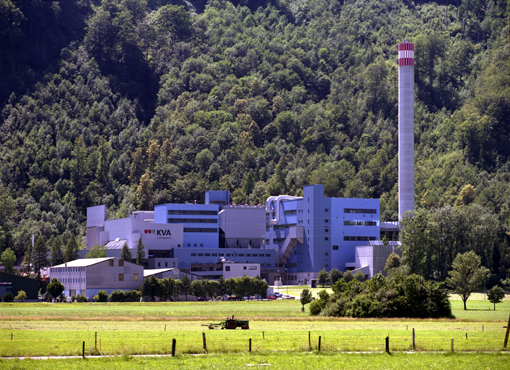8th Internatioall Conference on Emissions Monitoring
Targeting emissions – an international, interdisciplinaryeffort

|
Caption: Innovative measuring techniques ensure that modern waste incinerator plants emit practically no pollutants. (Photo: Waste incinerator, Niederurnen) One of the principal aims of environmental protection is avoiding harmful emissions (or reducing them as far as possible) in order to shield mankind from dangerous substances in the air, the soil and in natural waters. An essential tool in this process is the monitoring of gaseous emissions, showing where pollutants originate and how they are transported across the world. Critical to the monitoring activities is the ability to make measurements that are as accurate as possible, so as to be able to identify the smallest concentrations of harmful substances. One of the focal areas of this year’s conference was therefore the international standardization of measurement procedures, according to CEM 2007 organizer and Empa researcher Lukas Emmenegger. “The aim is to ensure that all over the world, measurements are made the same way to yield comparable results.” |
||
|
Fine particles and nanoparticles also had their platform at the CEM 2007. In Lukas Emmenegger’s opinion it is no longer sufficient in this context to merely measure the total quantity of particulate matter. “The latest instruments provide data on the size distribution and chemical composition of the particles.”All (nano)particles, it must be remembered, are not created equal; the behavior of these tiny specks of matter – and therefore the effect they have on humans and the environment – varies radically depending on their size and composition. |
||
|
Internationality paired with interdisciplinarity Technical information |
||
|
||||
|
||||
|
||||

